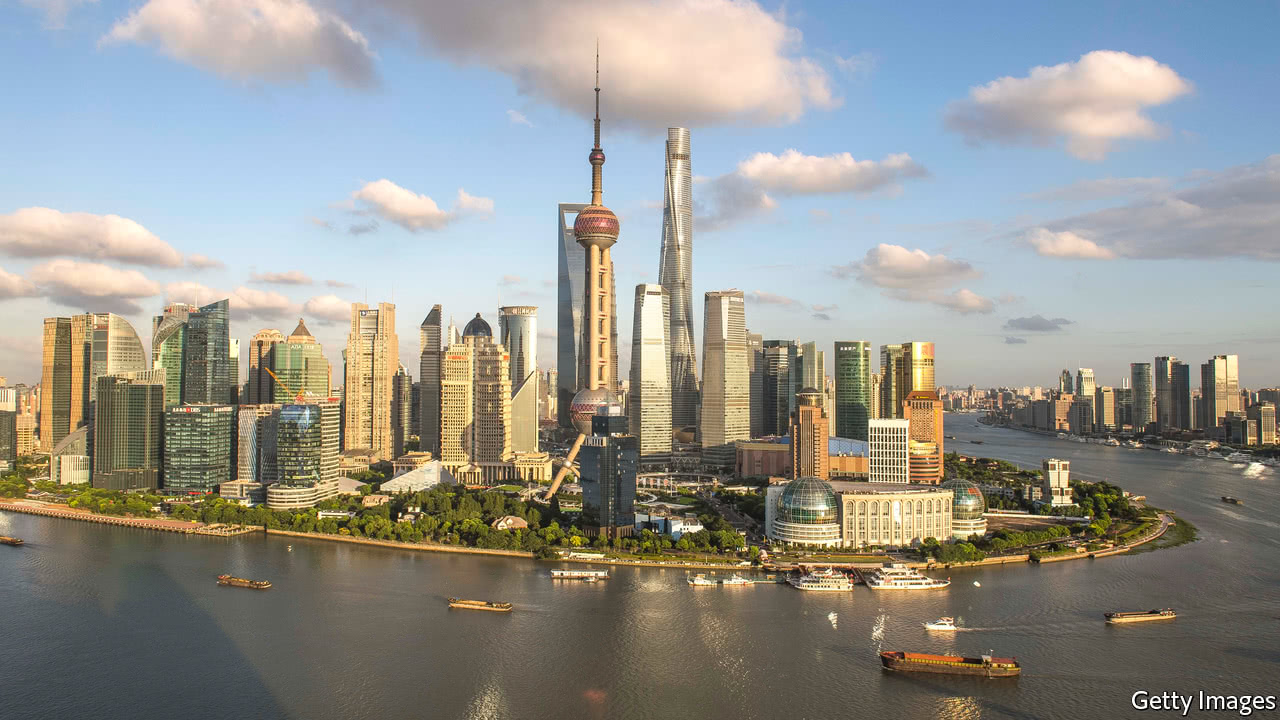
WHAT is in store for economies and markets in 2018? Around this time of year, a large number of analysts and fund managers are giving their views. Among the most interesting and thoughtful approaches can be found at Absolute Strategy Research (ASR), an independent group founded by David Bowers and Ian Harnett.
ASR adds extra depth to its analysis by contrasting its own views with those of the consensus. To do so, the group polled 229 asset allocators, managing around $6trn of assets, for their views on the outlook for economies and markets. They found a groundswell of optimism; the probability of equities being higher by the end of 2018 was 61%, and that shares will beat bonds is 70%. The allocators think there is only a 27% chance of a global recession. And they are not worried about the prospect of the Federal Reserve pushing up interest rates.
-
What 2018 has in store for the markets
-
The great emoji debate
-
The Italian church is dissolving its links to the mob
-
Donald Trump holds off hitting the Gulf carriers with sanctions
-
What may happen to the internet in America
-
What is it about “Cat Person”?
There are some disconnects within the consensus view. The first is that investors expect volatility (as measured by the Vix) to rise next year. Usually, equities struggle in such circumstances. The second disconnect is between their views on the business cycle and those on the stockmarket; since last year, their optimism about the former has reduced while their bullishness about the latter has increased. A third disconnect is between their views on high-yield or junk bonds and equities. Normally, the two asset classes perform well at the same time. But investors are unenthusiastic about junk, preferring the debt issued by emerging market governments.
Messrs Bowers and Harnett think investors may be caught out by a slowdown in China. They are not forecasting anything dramatic; growth of 6.1% rather than the expected 6.7%. But that will drag down global growth to 3.3% from 3.5%. In addition, interest rates may rise a bit faster in America than investors expect. David Bowers says it is the “second derivative” that often drives markets – not the change, but the change in the rate of change.
ASR points to the tightening of monetary policy that has occurred in China this year in the form of higher interest rates and slower money growth; given the normal lags, this will have its main impact in 2018. Signs have already emerged in the form of house prices in Beijing and Shanghai which were lower in October than they were a year ago. US and European companies have stepped up their capital spending given the signs of stronger global growth but they may be disappointed by the outcome in 2018.
The other big worry is longer-term. The long era of quantitative easing (QE) has caused investors to look at asset classes a a different way. They have been deprived of their traditional source of portfolio income; government bond yields have been driven down to historic lows and have been locked away on central-bank balance sheets. Equities have been used as a source of income instead, with companies generating cash in the form of dividends and share buy-backs. And investors have sought to juice up their portfolios with alternative assets such as private equity. But these assets are illiquid, and backed by a lot of debt. So there may be a nasty shock in the next crisis when investors try to realise those illiquid assets.
Source: economist
What 2018 has in store for the markets